Part 2 of 2 Parts (Please read Part 1 first)
In May 2018, President Trump withdrew the U.S. from the Iran nuclear agreement, formally known as the Joint Comprehensive Plan of Action (JCPOA),
State Antony Blinken is the U.S. Secretary of State. He told the New York Times: “I think it was a big mistake to tear up the Iran nuclear agreement. We had Iran’s nuclear program in a box. Since the agreement was torn up, it escaped from that box, and we’re now at a place where we didn’t want to be because we don’t have the agreement. So, I think that was deeply unfortunate.”
When asked for his comments, Robert Kelley, Distinguished Associate Fellow at the Stockholm International Peace Research Institute (SIPRI) told IDN by “going nuclear” I assume you mean gaining nuclear weapons? No closer than it ever has.”
He claimed that enriching uranium is not a nuclear weapons design activity. It is just materials production. Sixty percent enriched uranium is well below the threshold for a useful nuclear weapon that Iran could deliver by any means other than a truck or cargo plane.
The CIA and informed analysts have not detected a nuclear weapons program in Iran. They are a well-developed country and could be lured out of complacency by activity in the region, said Kelley, a Former Director at the IAEA and Former Nuclear Weapons Engineer at Los Alamos and Livermore National Laboratories
Referring to the statement by the four big powers, Kelley said that the IAEA findings represent a backwards step by Iran and will result in Iran tripling its monthly production rate of uranium enriched up to sixty percent. The four countries remain committed to a diplomatic solution and reaffirm their determination that Iran must never develop a nuclear weapon. Kelley said: “This is a true statement but not useful.”
He pointed out that even with three times the production rate, Iran has accumulated material that still needs further processing to be useful for a weapon. It is simply not useful at present for a weapon without more processing.
Kelley went on to say that “If the countries were truly committed to a diplomatic solution, they would not have observed the US decision to stop complying with the JCPOA. JCPOA was an agreed international restriction, it was working extremely well, and it was the US, not Iran, that dropped out of compliance.”
“Note that the IAEA still has regular complete access to the enrichment facilities of Iran and they are the ones reporting their very detailed observations on Iran’s activities. It is truly ironic that it is the IAEA that is in the field doing regular inspections under the Nuclear Non-proliferation Treaty and that the four states are complaining about Iran! IAEA bottom line is that what Iran is doing is legal and transparent in keeping with its treaty obligations.”
When asked about Israel, Kelley said that Israel’s ‘strength’ is that it certainly has nuclear weapons, although it resists saying so. “Is that really a strength or a weakness? It is a bludgeon that is extremely hard to use and has no solution to their current distress. By the way, Pakistan is not in the “Middle East”, but it borders Iran on the other side and Iran hit Pakistan with missiles yesterday. Iran has nuclear neighbors to the east and west so maybe they are nervous”.
Blog
-
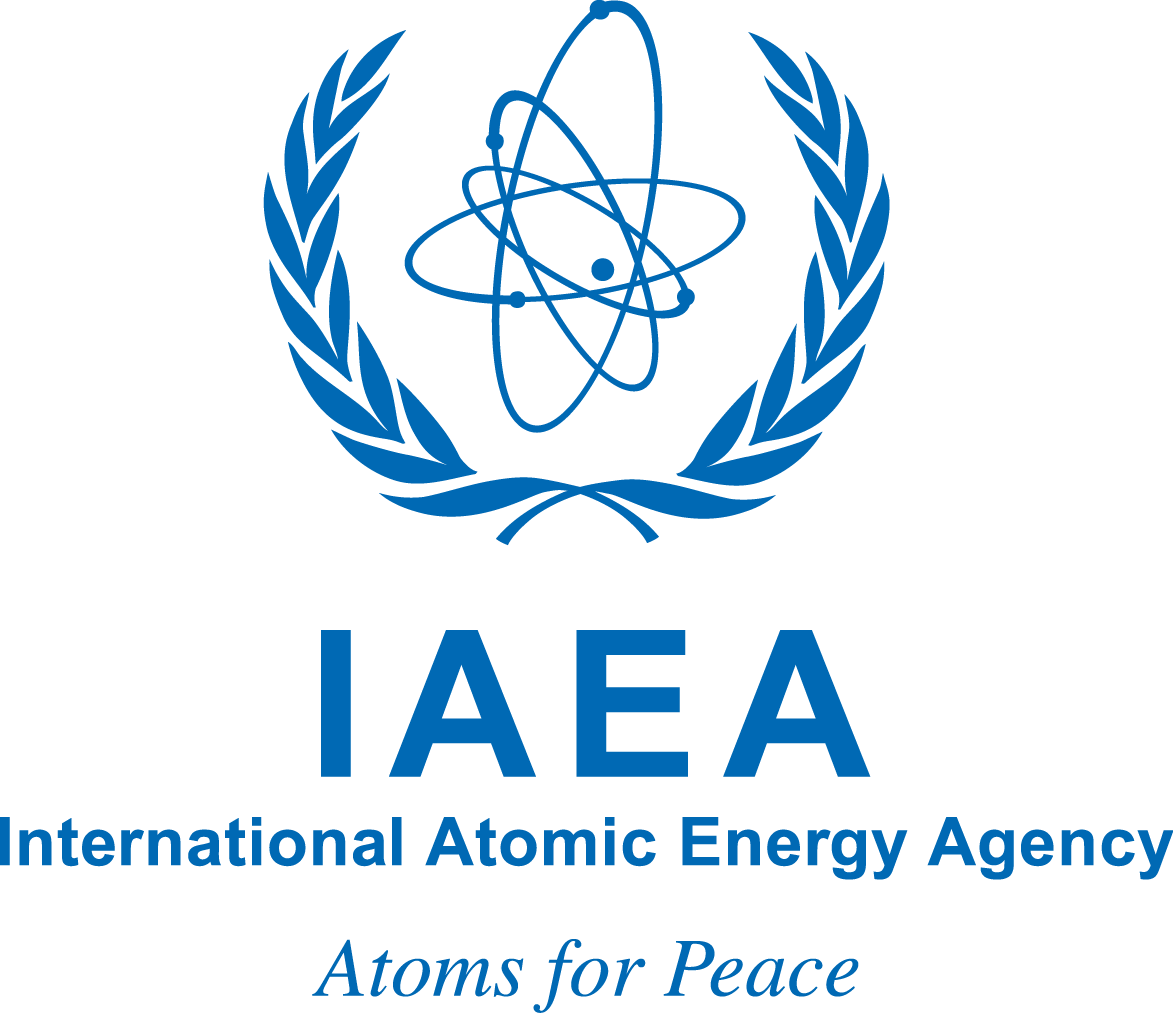
Nuclear Weapons 845 – Rising Hostilities In The Middle East Raise Concerns About Iranian Nuclear Program – Part 2 of 2 Parts
-
Nuclear News Roundup January 18, 2024
UK invests further GBP1.3bn to keep Sizewell C on schedule world-nuclear-news.org
Russian 2023 uranium production exceeds target world-nuclear-news.org
MHI completes EDF replacement steam generators world-nuclear-news.org
Invitation issued to express interest in Kozloduy 7 construction world-nuclear-news.org
-
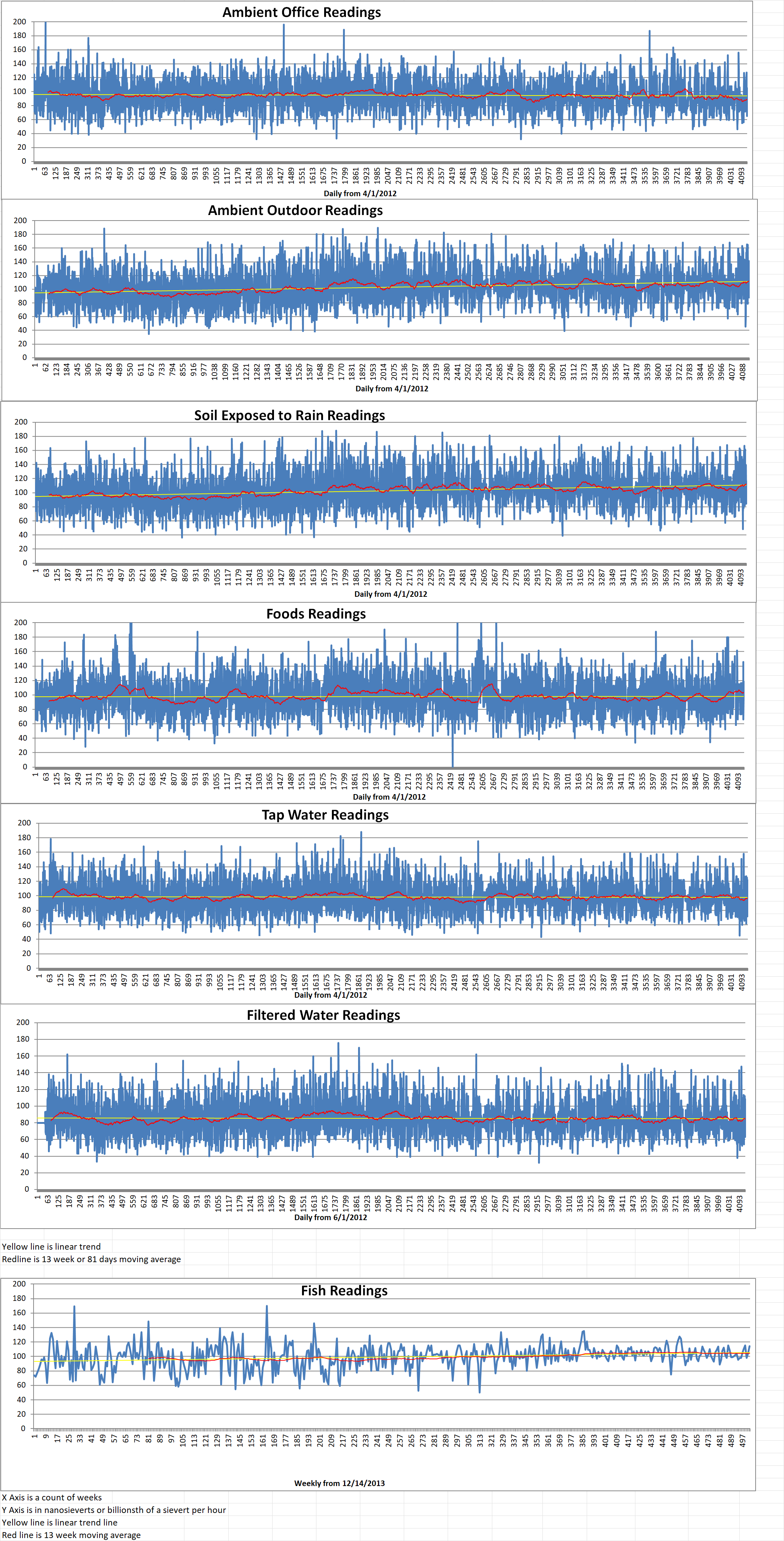
Geiger Readings for January 18, 2024
Ambient office = 119 nanosieverts per hour
Ambient outside = 80 nanosieverts per hour
Soil exposed to rain water = 84 nanosieverts per hour
Green onion from Central Market = 108 nanosieverts per hour
Tap water = 65 nanosieverts per hour
Filter water = 53 nanosieverts per hour
-
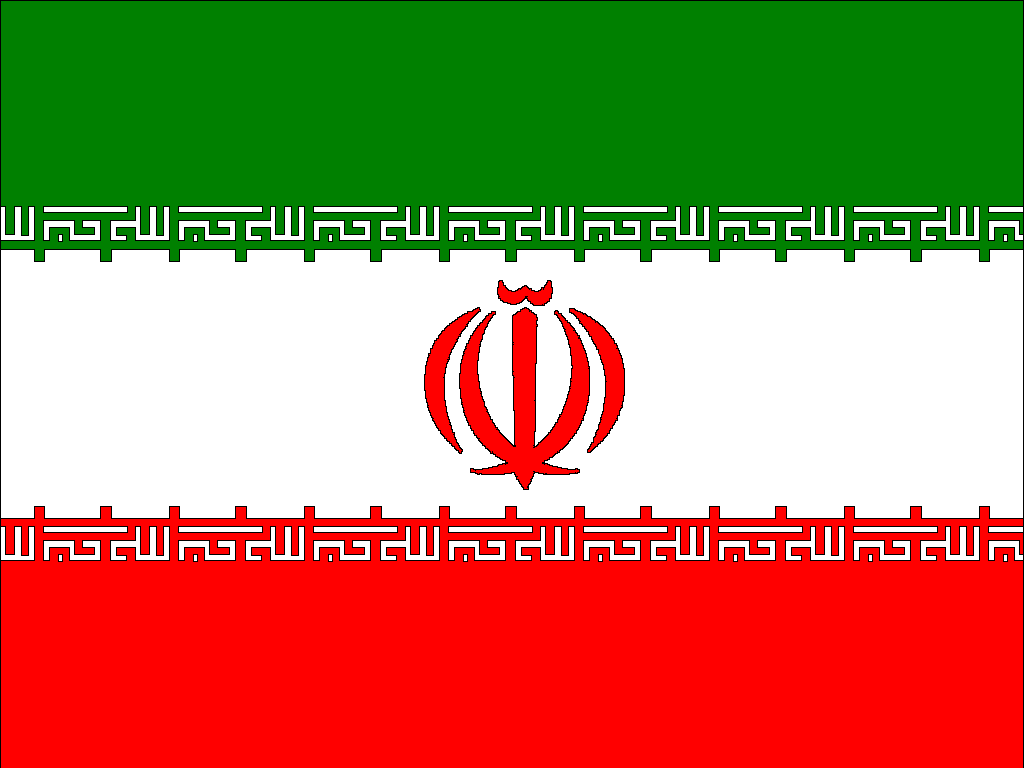
Nuclear Weapons 844 – Rising Hostilities In The Middle East Raise Concerns About Iranian Nuclear Program – Part 1 of 2 Parts
Part 1 of 2 Parts
The Israeli-Hamas war has triggered a new Middle Eastern regional conflict involving the United States and the Houthis in Yemen, a militant group described as proxies for Iran.
The Iranians have long been accused of funding and arming the Houthis in Yemen, Hamas in Gaza and Hezbollah in Lebanon. The situation has been further aggravated by Iran’s new conflict with its neighbor Pakistan, a longstanding Asian nuclear power.
In a report on January 17th, Cable News Network (CNN) said Pakistan has strongly condemned an Iranian airstrike inside its borders that killed two children. Pakistan called it an “unprovoked violation of its airspace” and warned of retaliation.
Iran claimed that it used “precision missile and drone strikes” to destroy two strongholds of the Sunni militant group Jaish al-Adl, known in Iran as Jaish al-Dhulm, in the Koh-e-Sabz area of Pakistan’s southwest Baluchistan province, according to Iran’s state-aligned Tasnim News Agency.
The attack on Pakistan comes after Iran launched missiles in northern Iraq and Syria last week. It is the latest escalation of hostilities in the Middle East where Israel’s ongoing war in Gaza risks spiraling into a wider regional conflict, said CNN.
In a statement issued on January 18th, UN Spokesperson Stephane Dujarric said Secretary-General António Guterres “is deeply concerned about the recent exchange of military strikes between Iran and Pakistan, which have reportedly caused casualties on both sides.”
The new conflicts have renewed the longstanding speculation on Iran’s plans to go nuclear. This concern has also been triggered by a report released last November by the Vienna-based International Atomic Energy Agency (IAEA).
A joint statement by the U.S., France, Germany and the U.K. last December warned that the November 2023 report by the IAEA indicated that Iran had increased its rate of production of uranium enriched up to sixty percent at Natanz and Fordow to levels observed between January and June 2023.
The four countries declared that “These findings represent a backwards step by Iran and will result in Iran tripling its monthly production rate of uranium enriched up to 60%. We remain committed to a diplomatic solution and reaffirm our determination that Iran must never develop a nuclear weapon.”
“We condemn this action, which adds to the unabated escalation of Iran’s nuclear program. The production of high-enriched uranium by Iran has no credible civilian justification, and the reported production at the Fordow Fuel Enrichment Plant and the Pilot Fuel Enrichment Plant further carries significant proliferation-related risks.”
“We also take note of Iran’s decision to revert to the same cascade configuration as the one discovered by the IAEA in Fordow earlier this year. Iran’s delay in declaring this change in January 2023 cast serious doubts on Iran’s willingness to cooperate with the IAEA in full transparency”, the statement added.
The New York Times published a front-page story on January 16th, in which it warned that “while Iran has ramped up the production of uranium drastically in recent weeks, renewing fears that it may be speeding again toward the capability of fabricating several nuclear weapons, it has carefully kept just below the threshold for bomb-grade fuel. That is considered the red line that could trigger military action against its underground nuclear complexes.”
Please read Part 2 next -
Nuclear News Roundup January 17, 2024
Growing support for nuclear will drive industry forward in 2024 reuters.com
POWERGEN workshop moves the needle on addressing nuclear workforce challenges power-eng.com
Bishops call for ‘universal nuclear disarmament’ on anniversary of treaty catholicnewsagency.com
U.N. Announces Iran To Lead Conference On Nuclear Disarmament dailywire.com
-
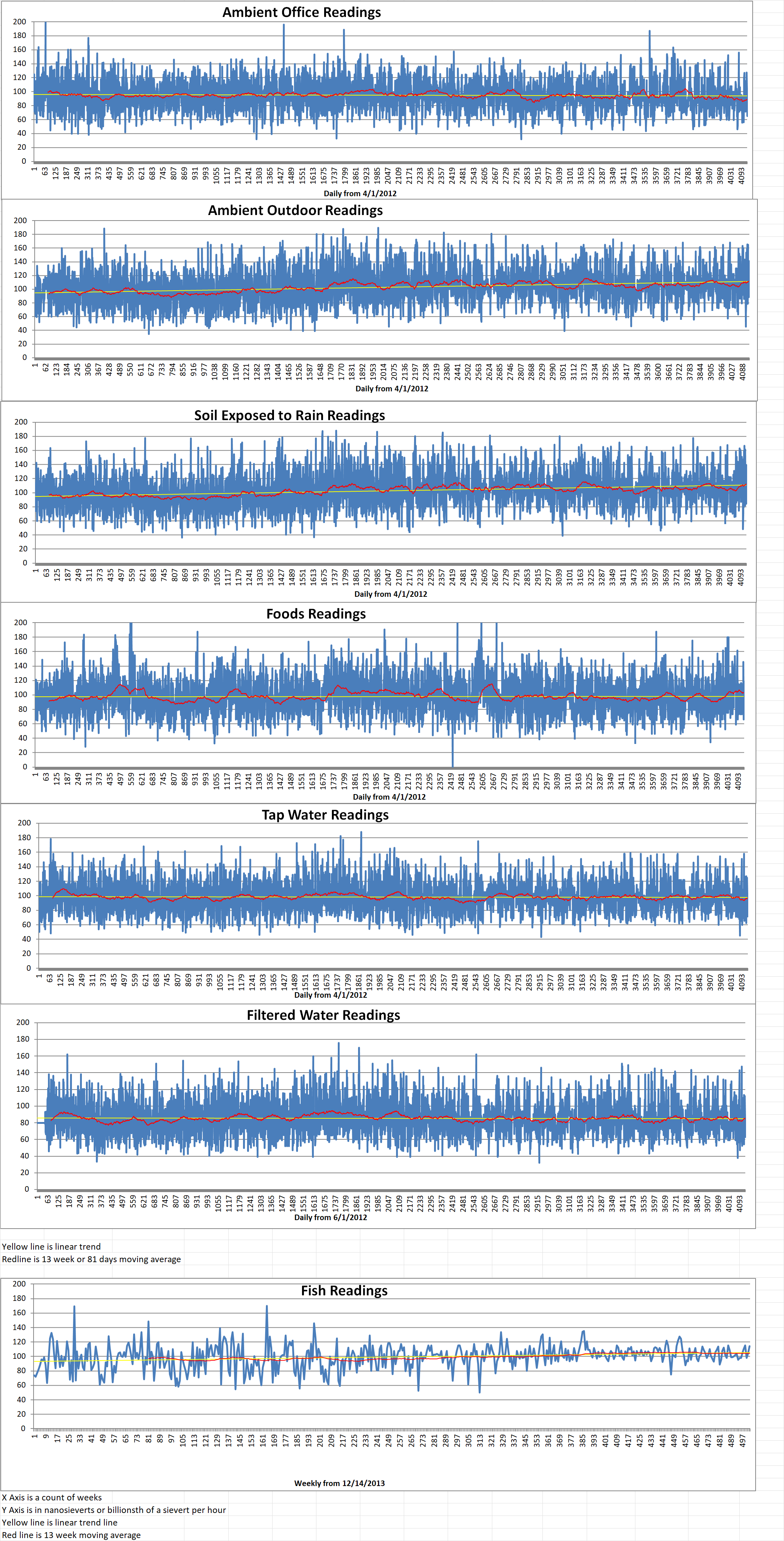
Geiger Readings for January 17, 2024
Ambient office = 90 nanosieverts per hour
Ambient outside = 65 nanosieverts per hour
Soil exposed to rain water = 73 nanosieverts per hour
Blueberry from Central Market = 114 nanosieverts per hour
Tap water = 68 nanosieverts per hour
Filter water = 54 nanosieverts per hour
-
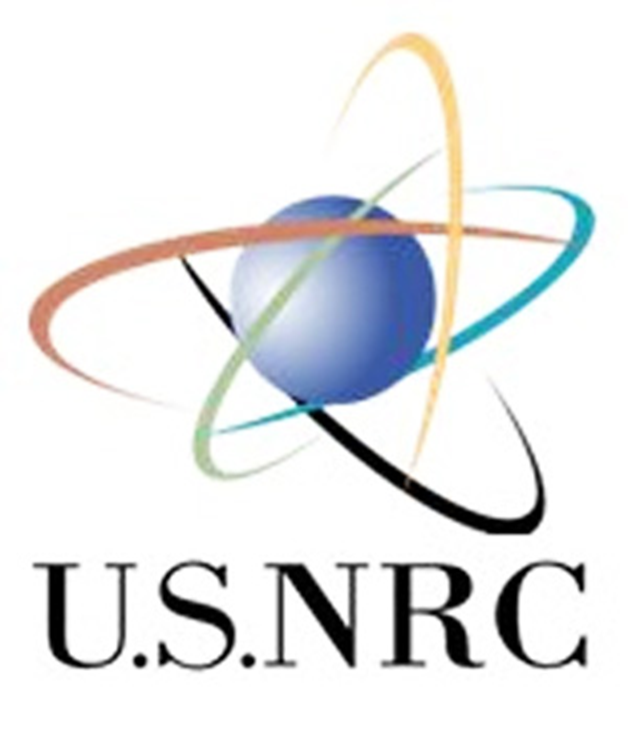
Nuclear Reactors 1338 – NextEra Energy Wants To Make Reductions In Its Emergency Plan For Nuclear Accidents – Part 2 of 2 Parts
Part 2 of 2 Parts (Please read Part 1 first)
In an email statement to New Hampshire Public Radio, Orlove attempted to assuage any concerns about the quality of the plant’s emergency plans. He said, “The proposed plan does not change the number of full-time employees at Seabrook Station and does not move emergency response roles out of state. All our on-site personnel would respond, as they would now, to an emergency at Seabrook Station. Understand that we already have a robust emergency response organization and processes at each nuclear facility. This change proposes a hybrid emergency response program that would allow experts at our other locations to provide support, if needed.”
Orlove said that the company previously had to fill each emergency role from staff at each nuclear plant. He said that this “meant less flexibility. We need to have depth (“bench strength,” if you will) in all our emergency roles. Currently, some personnel are assigned to roles that the company has determined are not necessary. Eliminating those roles makes additional site personnel available for the roles that are needed.”
A few positions will be designated “remote,” according to Orlove. That means that those jobs could be performed by the personnel within the area of the nuclear facility or by personnel from another nuclear facility.
He said that NextEra was proposing extending response times for some positions during emergencies because training and simulations “demonstrates that on-site personnel are fully capable of managing one of our facilities in an emergency for extended periods of time,” and a longer response time would allow employees “greater flexibility” when they’re not working at the plant.
In response to questions about how remote communications could fail during a weather emergency, he said that remote communications currently take place daily, and has always been part of the emergency plan, given that the current emergency response facility is 10 miles away from the plant.
Orlove went on to say that “All our nuclear facilities, including Seabrook Station, already include remote response roles in emergencies and any increased incorporation of remote responses in the emergency plan does not in any way impair the site’s emergency response preparedness.”
Federal lawmakers from New Hampshire and Massachusetts have sent letters to the NRC, asking them to ensure the changes don’t diminish public safety and encouraging them to help the public learn about the plans before deciding whether to approve them.
On December 5th, the New Hampshire congressional delegation wrote “We recognize the need for coordinated planning and synchronization among facilities and appreciate efforts to focus on emergency preparedness. However, we have serious questions about the details in the proposed plan related to staffing locally in Seabrook, New Hampshire.”
Lawmakers asked how the plan revisions would improve safety. They wanted to know whether NextEra would reduce the number of full-time employees that hold emergency response roles. They were also worried about how increasing remote response positions would impact safety. The legislators urged the commission to ensure the public has an opportunity to provide comments about the plans.
Senators Ed Markey and Elizabeth Warren sent a letter on Dec. 21 urging the commission to reject changes that would decrease safety for people living near nuclear plants.
“We strongly believe that the NRC’s pending decision must prioritize public safety over potential cost savings for the operator,” they wrote.
The NRC said they had not set an expected date for their decision. -
Nuclear News Roundup January 16, 2024
Nuclear Medicine Market to Increase by USD 8.06 Billion, Analyzing Growth Opportunities in Radiotherapeutics Segment – Technavio finance.yahoo.com
Ukraine war drives shift in Russian nuclear thinking – study reuters.com
Think the Sentinel nuclear program is pricey? Try living without it. Defensenews.com
New NEA high-level group will tackle stakeholder engagement, trust, transparency and social sciences oecd-nea.org
-
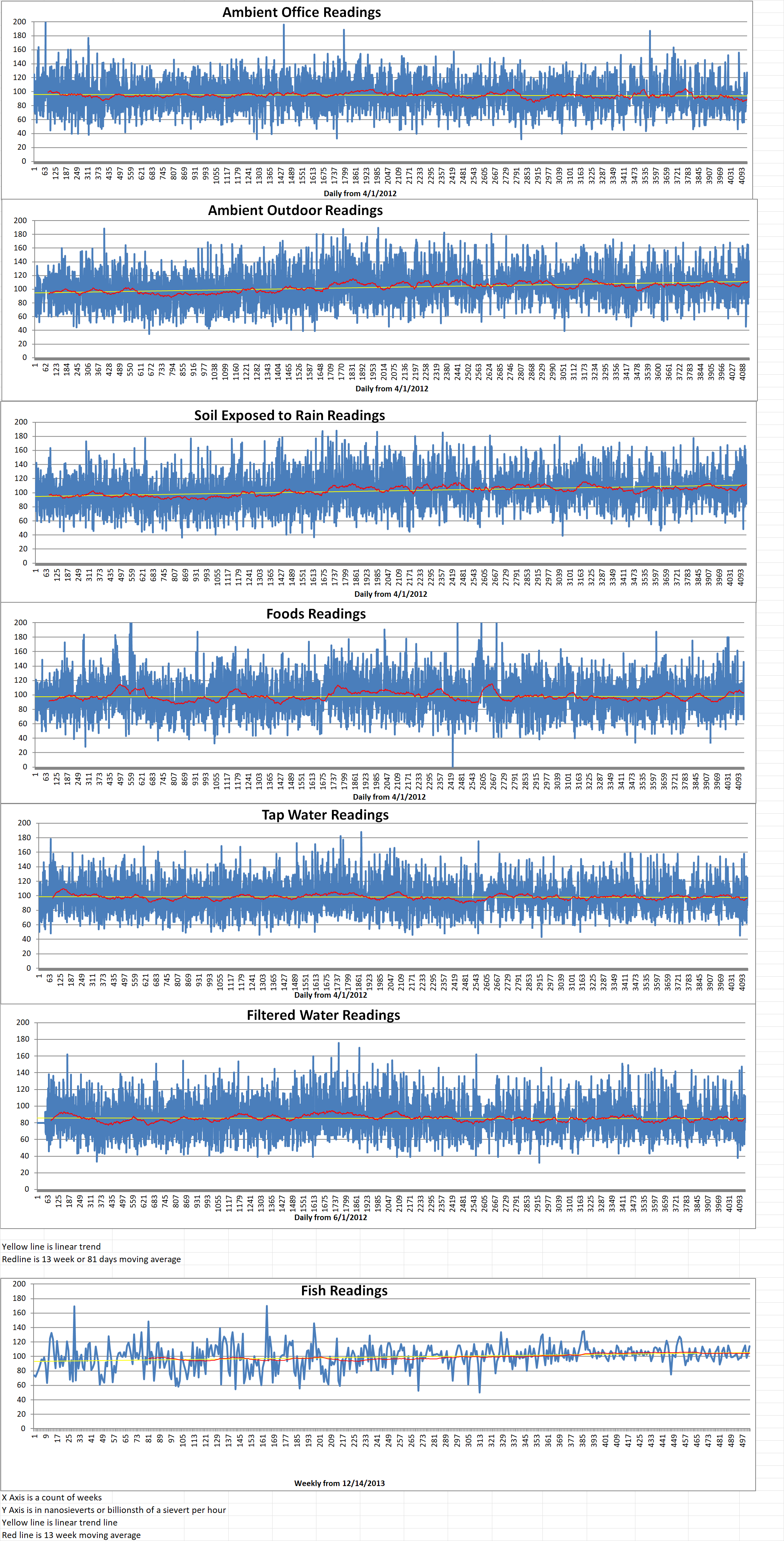
Geiger Readings for January 16, 2024
Ambient office = 56 nanosieverts per hour
Ambient outside = 45 nanosieverts per hour
Soil exposed to rain water = 48 nanosieverts per hour
Avocado from Central Market = 115 nanosieverts per hour
Tap water = 69 nanosieverts per hour
Filter water = 60 nanosieverts per hour
-
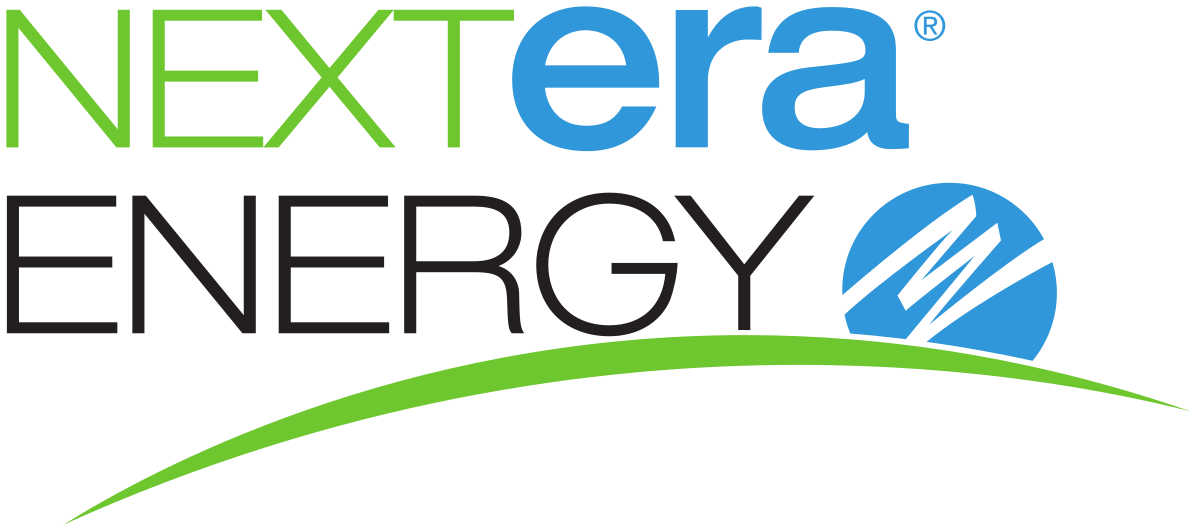
Nuclear Reactors 1337 – NextEra Energy Wants To Make Reductions In Its Emergency Plan For Nuclear Accidents – Part 1 of 2 Parts
Part 1 of 2 Parts
NextEra Energy owns the Seabrook Nuclear plant and it is proposing changes to its emergency response plan. Advocates and lawmakers in New Hampshire and Massachusetts have raised concerns about whether it would reduce protections in the case of a nuclear emergency.
NextEra has filed a proposal with the U.S. Nuclear Regulatory Commission (NRC) to standardize emergency plans for four nuclear power plants. These include the Seabrook in New Hampshire, Point Beach in Wisconsin, and St. Lucie and Turkey Point in Florida.
The NextEra proposal includes 49 changes characterized as potential “reductions in effectiveness.” In the filing, they say they’ve provided “detailed justification” for those requested changes. They added that the plan “continues to provide an adequate response to radiological emergencies.”
Changes described as potential reductions in effectiveness in the proposal include NextEra seeking to reduce the number of staff assigned to particular emergency functions. They want to increase response times for certain emergency response positions from 60 minutes to 90 minutes.
Scott Burnell is a spokesperson for the NRC. He said that “reduction in effectiveness” refers to a proposed change that would be less effective than the company’s current plan. However, he noted that regulators would “reject any changes that would fail to effectively protect the public. The NRC requires nuclear power plants to have emergency preparedness procedures that will effectively protect the public if necessary. A plant’s existing procedures can exceed that standard, so a “reduction in effectiveness” in that case will continue to effectively protect the public. A “reduction in effectiveness” cannot result in an ineffective plan.”
Bill Orlove is a spokesperson for NextEra. He said that a reduction in effectiveness “does not imply that the change is degrading emergency preparedness. In fact, most of the changes that are in that list are consistent with current NRC guidelines or industry standards, but we must still characterize them as reductions, compared to the last emergency plan that was approved by NRC.”
Sarah Abramson leads the C-10 Research and Education Foundation (CREF). It is a group that advocates for safety for people who live near the Seabrook plant. She says her group is concerned about the changes. She specifically mentioned the potential reliance on people working remotely if an emergency were triggered by a storm.
Abramson said, “Weather events have coinciding consequences. They cause widespread power outages. They can affect cellular communication. The more you place reliance on remote wireless communication as your sort of sole singular plan to communicate in an emergency, I think we’re walking down a dangerous road of having many single points of.”
For Abrahamson, a “reduction in effectiveness,” whether bureaucratic terminology or not, is a cause for concern.
She added that, “We want to see Chairman Hanson and the rest of the commission, when they’re looking at this type of proposal, or this one specifically, to reject anything that would reduce the effectiveness of an emergency plan. Even one reduction in effectiveness is unacceptable, let alone 49.”
Please read Part 2 next
